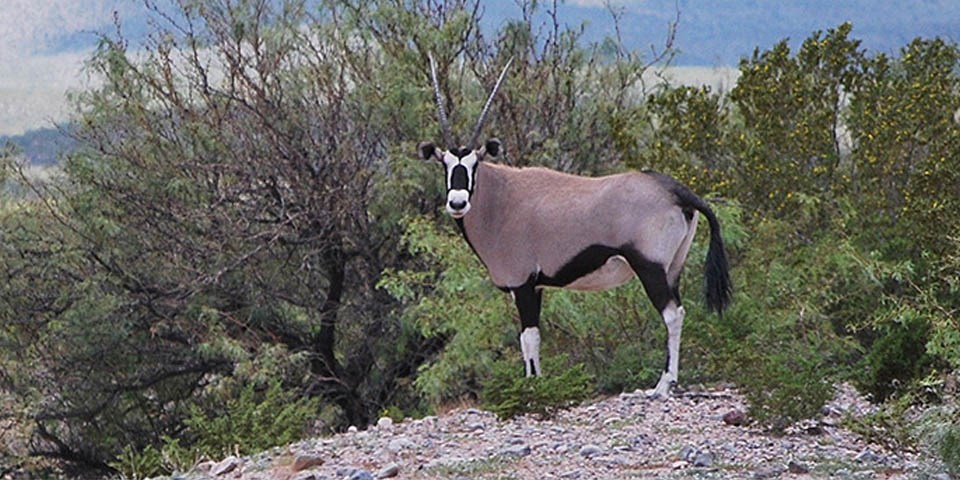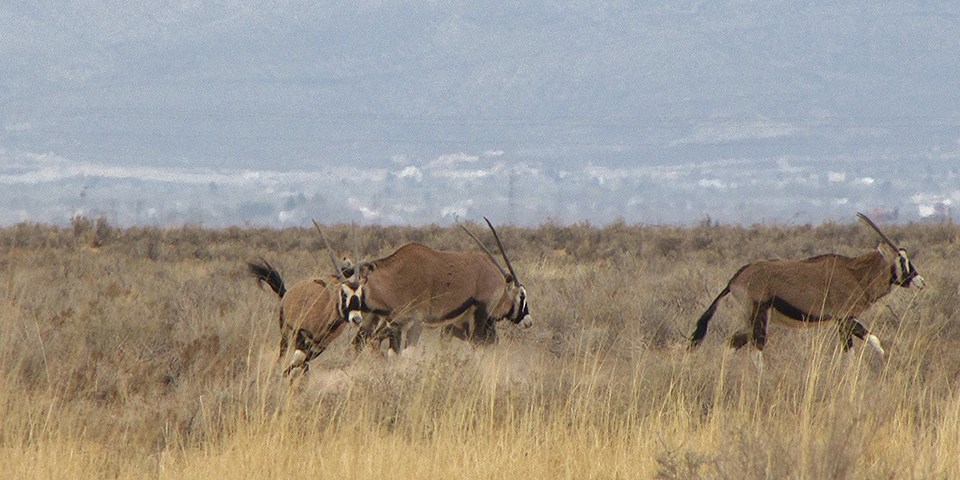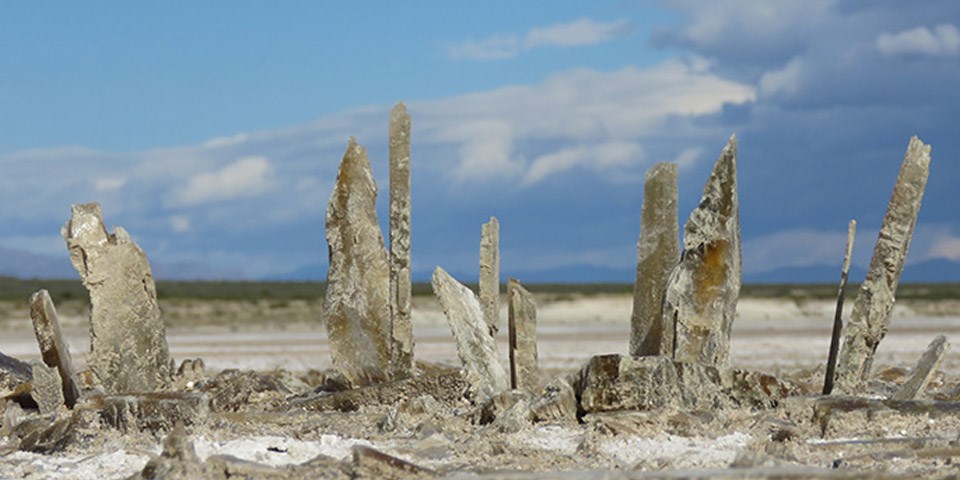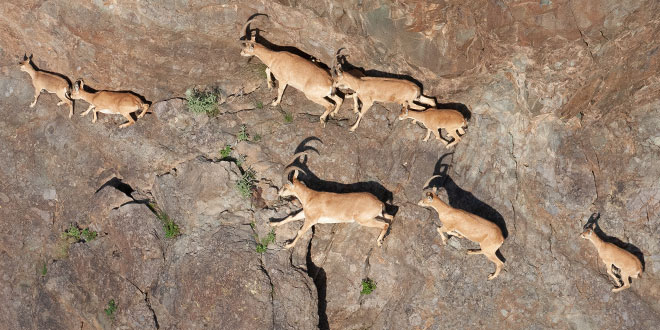Hello friends! Today I& #39;d like to talk to you about the African Oryx and why they live wild in, of all places, New Mexico.
If you& #39;re thinking to yourself "wtf mate?" you are correct. You might be wondering if they escaped from one of the many exotic game parks in the US, where people import and breed African animals like lions, antelope, wild goats, and wildebeest so that hunters can shoot them.
Haha nope! They were purposely released onto public land by the New Mexico Department of Game and Fish so people could hunt them. In the 1970s when this was all going on, people didn& #39;t have as many fucks to give about the impact of invasive species on native habitat and wildlife.
So NMDGF decided to bring some big game animals into New Mexico where they didn& #39;t really have many native species for people to roll in and shoot. (I& #39;m not even anti-hunting btw I just think this whole thing is one of the most ridiculous things I& #39;ve ever heard of.)
They trapped and imported 18 oryx. Now, I mentioned that people didn& #39;t care as much about invasive species back then, but they DID still know it wasn& #39;t great. There WAS a federal law that you couldn& #39;t release wild animals from other countries into the wild.
What& #39;s a department of game and fish to do? Those original imported oryx would have to spend the rest of their lives in the Albuquerque Zoo, but their OFFSPRING on the other hand... surprise, bitch, they& #39;re not "from other countries" anymore, they& #39;re born in the USA!
So they released 90 or so of those offspring into the White Sands Missile Range. You might be wondering, are there predators in New Mexico that would keep this species in check? Lol nah, mountain lions and coyotes don& #39;t really hunt them, have you seen those things? They& #39;re huge.
In Africa, they& #39;re heavily predated by lions and whatnot, and only 10% of their offspring even make it to a year old. So what happens when you release a non-native wild animal into a habitat that& #39;s very suitable for them, with plenty of things they can eat, & no predators?
You guessed it, population explosion. The geniuses involved in this project thought for sure they& #39;d never reproduce beyond 500 or 600 animals, and for some reason thought they& #39;d stay where they were put, but now there are thousands in New Mexico and west Texas.
The National Park Service -- whose materials on this subject definitely have an air of exasperation about them -- had to erect a $1m 67-mile fence to try to keep them out of the White Sands National Monument. But they also accidentally fenced in 100 of them. Whooops.
White Sands has this really cool and fragile gypsum dune field, where the gypsum washes down into a basin, and sometimes the water all evaporates and the gypsum forms into these amazing selenite crystals. Guess who trampled the shit out of all that & ate all the food?
The NPS wanted to just shoot all the ones in the Monument, but the public flipped, and so they ended up live-trapping all of them instead. This hilarious $400k process involved darting individual animals from helicopters.
Apparently they& #39;d then they& #39;d swoop in, hobble and blindfold the oryx, put it in a bag (seriously) and then throw it over the fence. Staff on the other side of the fence would do science-y measurements, take off the hobbles and stuff, give a sedation reversal, and release it.
They missed some, so they& #39;ve still got maybe a dozen on the park that they& #39;d really love to get rid of. They& #39;ve turned into massive pests, introduced exotic diseases to local mule deer, compete with native species for food, and generally just make a mess of things.
All species of oryx can survive without water for long periods of time, supposedly some as long as 9-10 months (holy shit). As with many introduced game species, hunting can& #39;t keep up with their yearly population growth. So basically that whole thing was just a bad idea.
So now that we& #39;re a more conservation-minded society, how does the guy who made this whole thing happen feel about it? He told High Country News:
"We have more oryx in New Mexico than all of the Kalahari. I& #39;m thrilled that they& #39;re doing so well."
"We have more oryx in New Mexico than all of the Kalahari. I& #39;m thrilled that they& #39;re doing so well."
For the record, you can also find Persian Ibex and Barbary sheep in New Mexico, firmly taken root in their introduction areas and steadily expanding into other ranges, too. They try to count them to keep a tally on population numbers but it doesn& #39;t work great.

 Read on Twitter
Read on Twitter





